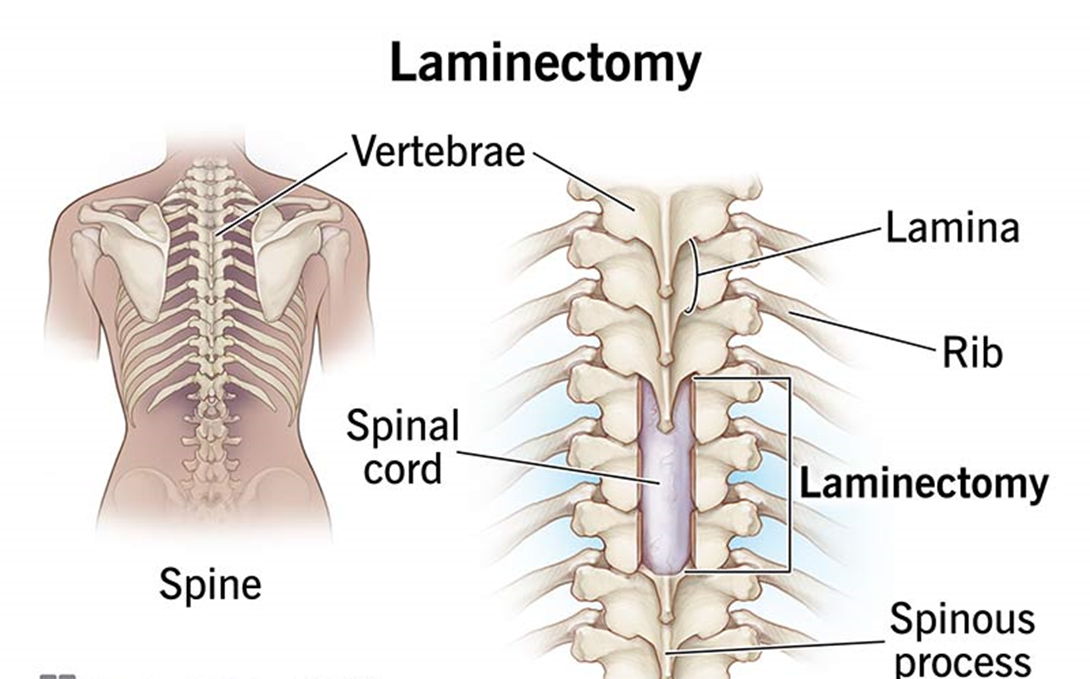A nurse is teaching a newly licensed nurse about the purpose of interdisciplinary conferences. The nurse should identify that which of the following clients needs an interdisciplinary conference?
A client who had a recent stroke and is showing manifestations of depression
A client whose provider is unhappy with the nursing care
A client whose MRI results have not been made available after 2 days
A client whose partner requests that the client be moved to a private room
The Correct Answer is A
Choice A reason: A client who had a recent stroke and is showing manifestations of depression needs an interdisciplinary conference because they require a comprehensive and coordinated plan of care that involves multiple disciplines, such as physical therapy, occupational therapy, speech therapy, social work, and mental health services.
Choice B reason: A client whose provider is unhappy with the nursing care does not need an interdisciplinary conference, but rather a feedback and evaluation session with the nurse manager and the provider to address the issues and improve the quality of care.
Choice C reason: A client whose MRI results have not been made available after 2 days does not need an interdisciplinary conference, but rather a follow-up with the radiology department and the provider to expedite the results and adjust the treatment plan accordingly.
Choice D reason: A client whose partner requests that the client be moved to a private room does not need an interdisciplinary conference, but rather a discussion with the admission office and the partner to explore the availability and cost of a private room and the benefits and risks of transferring the client.
Nursing Test Bank
Naxlex Comprehensive Predictor Exams
Related Questions
Correct Answer is A
Explanation
Choice A reason: This is the correct choice because this client has the most urgent and potentially life-threatening problem. Urinary retention after spinal surgery can lead to bladder distension, infection, renal damage, or autonomic dysreflexia (a dangerous rise in blood pressure and heart rate). The nurse should assess the client's bladder, catheterize the client if indicated, and notify the surgeon.
Choice B reason: This is not the correct choice because this client has a serious but not urgent problem. Pancreatic cancer is a malignant tumor that can affect the function of the pancreas and other organs. IV chemotherapy is a treatment that uses drugs to kill cancer cells. The nurse should provide emotional support, education, and symptom management to this client, but they are not the highest priority.
Choice C reason: This is not the correct choice because this client has a chronic but not acute problem. Peripheral vascular disease is a condition that affects the blood vessels outside the heart and brain, causing reduced blood flow to the limbs. An absent pedal pulse indicates poor circulation in the foot, which can lead to pain, numbness, or tissue damage. The nurse should monitor the client's pulses, skin temperature, and color, and teach the client how to prevent complications, but they are not the highest priority.
Choice D reason: This is not the correct choice because this client has a stable but not critical problem. MRSA is a type of bacteria that is resistant to many antibiotics and can cause skin or systemic infections. An axillary temperature of 38°C (101°F) indicates a mild fever, which is a common sign of infection. The nurse should administer antibiotics as prescribed, observe the client for signs of sepsis, and follow infection control precautions, but they are not the highest priority.

Correct Answer is B
Explanation
Choice A reason: Closing the fire doors and the doors to the clients' rooms is an action that the nurse should take after activating the fire alarm, as it helps to contain the fire and prevent smoke inhalation.
Choice B reason: Activating the fire alarm is the first action that the nurse should take after removing the client from the room, as it alerts the fire department and the rest of the staff and clients about the fire.
Choice C reason: Extinguishing the fire is an action that the nurse should take only if the fire is small and confined, and after activating the fire alarm and ensuring the safety of the client and self. The nurse should use the appropriate fire extinguisher and follow the PASS technique (pull, aim, squeeze, sweep).
Choice D reason: Removing all clients from the unit is an action that the nurse should take only if the fire is large and spreading, and after activating the fire alarm and ensuring the safety of the client and self. The nurse should follow the RACE protocol (rescue, alarm, confine, extinguish/evacuate) and the facility's emergency plan.
Whether you are a student looking to ace your exams or a practicing nurse seeking to enhance your expertise , our nursing education contents will empower you with the confidence and competence to make a difference in the lives of patients and become a respected leader in the healthcare field.
Visit Naxlex, invest in your future and unlock endless possibilities with our unparalleled nursing education contents today
Report Wrong Answer on the Current Question
Do you disagree with the answer? If yes, what is your expected answer? Explain.
Kindly be descriptive with the issue you are facing.
